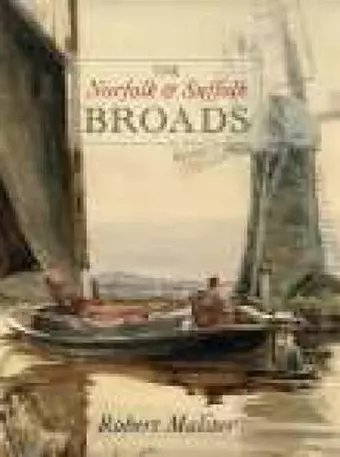The Norfolk and Suffolk Broads
Format:Paperback
Publisher:The History Press Ltd
Published:1st Dec '07
Currently unavailable, our supplier has not provided us a restock date

The Broads began as medieval peat pits, but the story of the region goes back long before the monasteries and salt-making helped generate the demand for fuel that gave rise to large-scale digging of turves. In Roman times there was a great estuary providing a highway and harbours for ships carrying supplies to the frontiers of the empire. In the centuries following the end of the Roman rule the estuary silted up and the East Angles were joined by Scandinavian settlers who helped to shape the landscape of Broadland.
In this authoritative new book the author entertainingly explains how grazing marshes were drained and reedbeds cut for thatching, while the courses of rivers were changed to reduce flooding or to improve transport. It is often assumed that the great Broadland abbeys, like St Benet-at-Holm, were built in the marshes to give the monks seclusion. The truth is very different; they were set beside the main highways of trade, the rivers, and were the centres of extensive estates whose administration sometimes kept the brethren from their religious duties.
The 20th century brought new farming practices and far-reaching changes in the landscape at the same time as pollution and other factors threatened to destroy the rich flora and fauna that had first attracted visitors to the Broads, stimulating a boat-hire industry and helping to sustain the local economy. Scientists have sought answers to these environmental problems, including rising sea levels, which have raised the question, '...is the history of the Broads coming to an end?' The author concludes his fascinating and beautifully illustrated narrative by looking at the future of this potential World Heritage Site. This book will be essential reading for all who know and love the Broads.
ISBN: 9781860775093
Dimensions: 248mm x 172mm x 10mm
Weight: 750g
256 pages